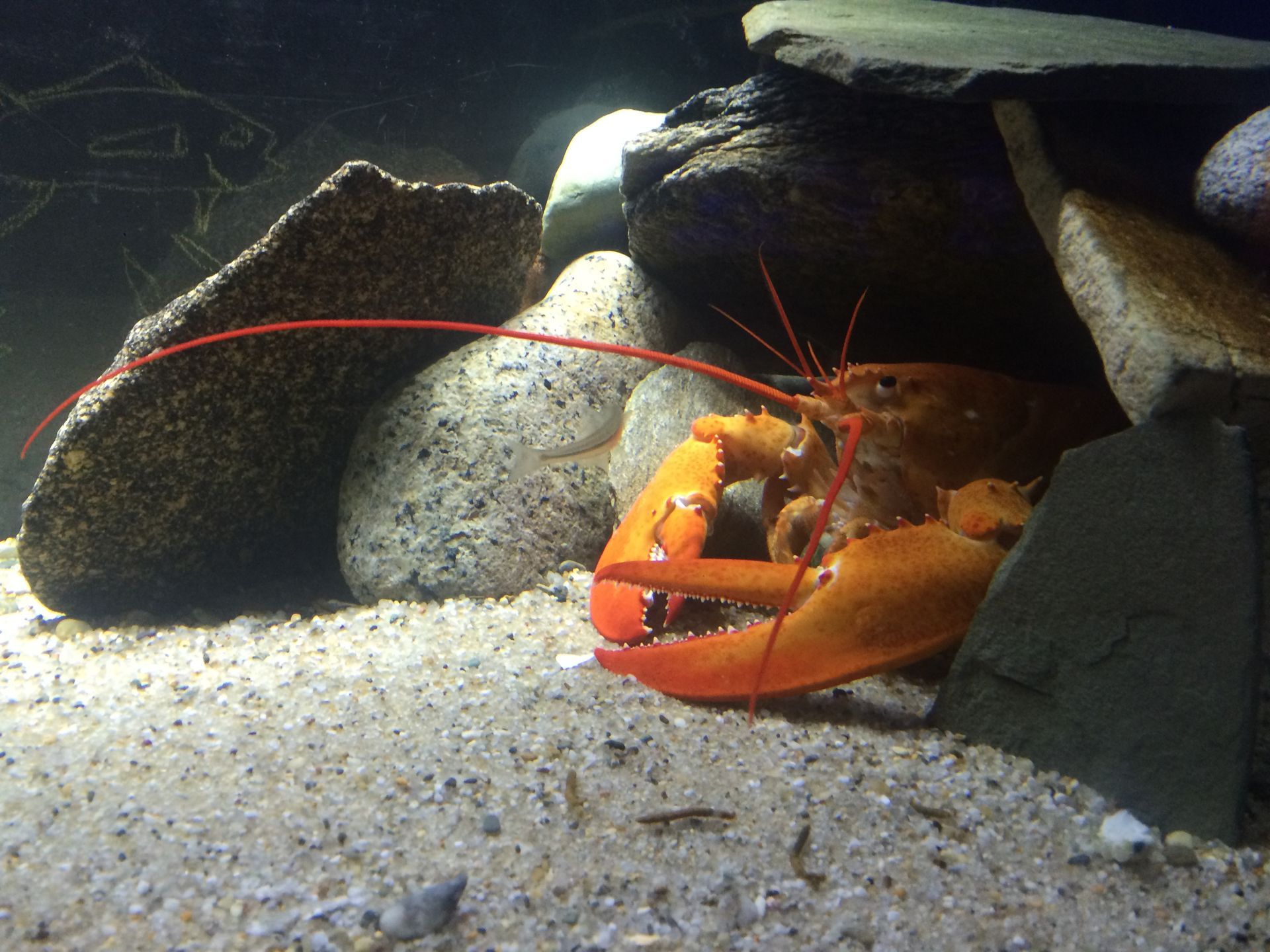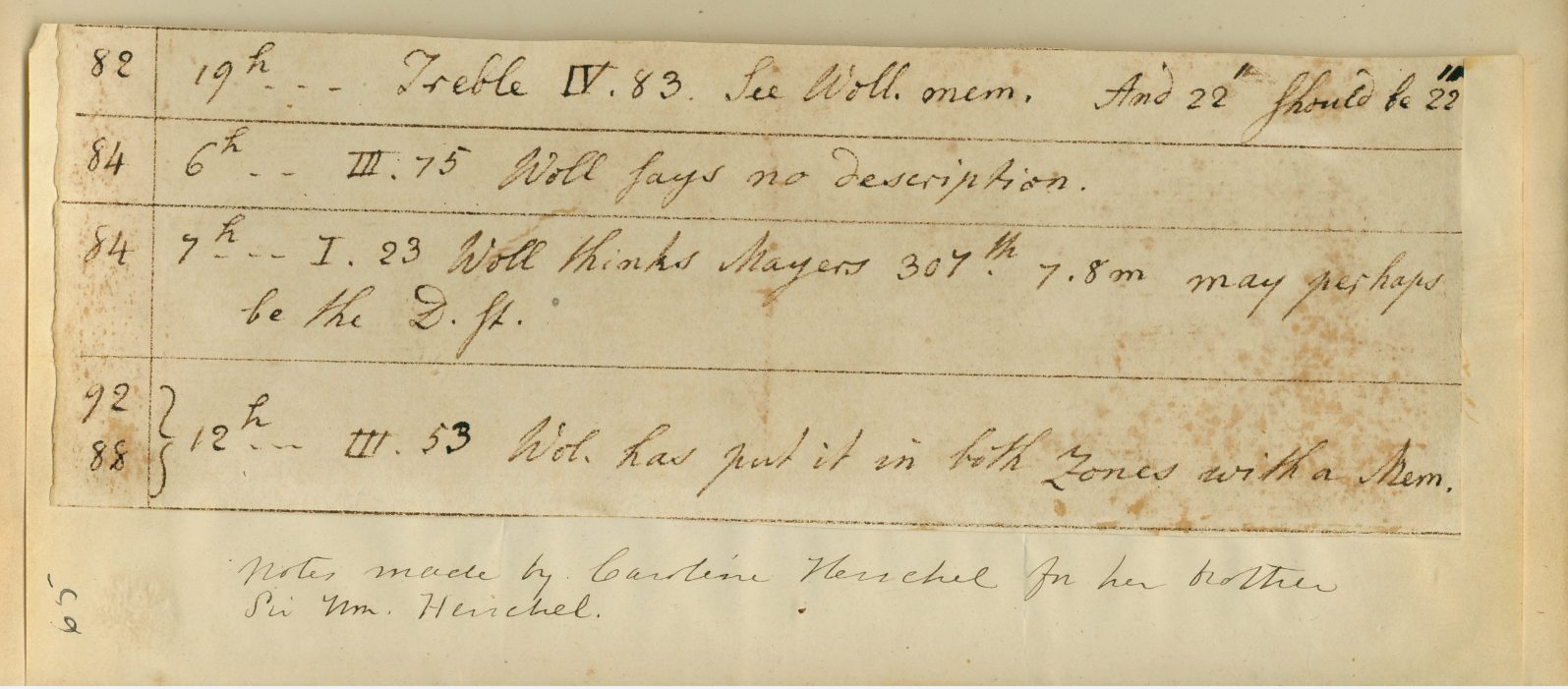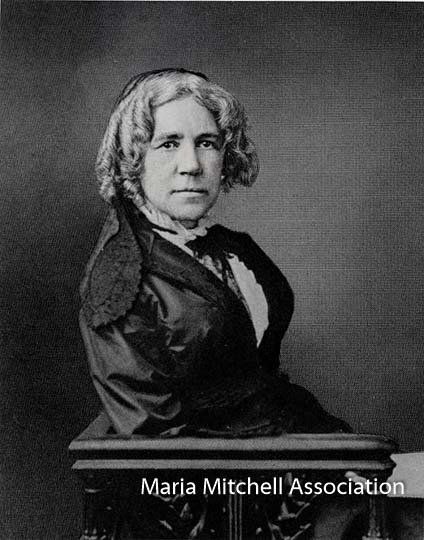Maria Mitchell In Her Own Words
1881. Aug. 5. In thinking of returning to Vassar I mean to be careful. Not to do too much work; but to do it slowly and in a better way. Photograph sun spots, when they are large only. Observe for time twice a week . . . .Observe Saturn for one hour a night . . . . Keep meteorological journal . . . . Do no work with the telescope below +5. Do not work when I am ill. Direct my mind from myself. Encourage students (the advanced) to sweep for comets.
I noted in the July post, that as Maria Mitchell aged, her ailments increased and she continued to comment about them in her journals and even sometimes in letters. Vassar College had been through turmoil with the death of its first president (he was technically the second but the first did not make it to the opening of the College in 1865) in 1878 and money woes. This was likely in part to women’s colleges still being something of an oddity, unfortunately. And other staff and professors, like Maria, likely considered leaving – or finding themselves without a job and home at Vassar if it closed. But, she also makes it apparent that she needs to slow down some, take her time, not do it all every day. Some might refer to the newer trend you may have read about, “quiet quitting,” but that’s not what she is saying here. She may be “burned out” – she’s been putting her all into this College since 1865 after all, but she’s also 63 which is pretty old for the 1880s. Laster, not long before she died, she noted that she was worn and tired and linked this to all of her late nights observing – and observing even when it was below zero – thus her note not to observe if below +5.
JNLF
Recent Posts





